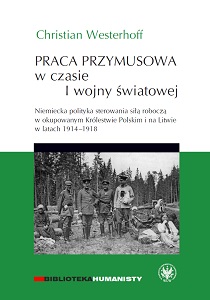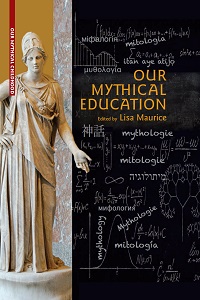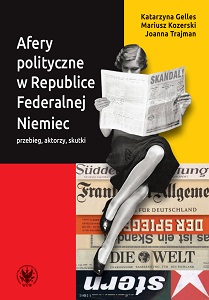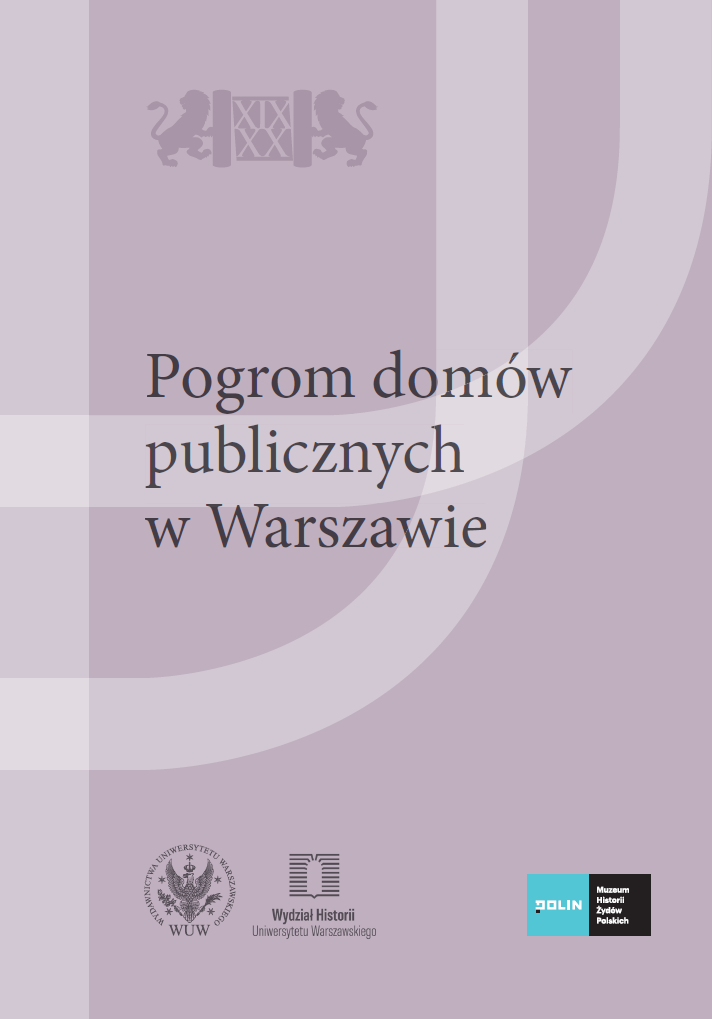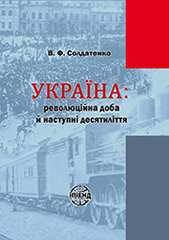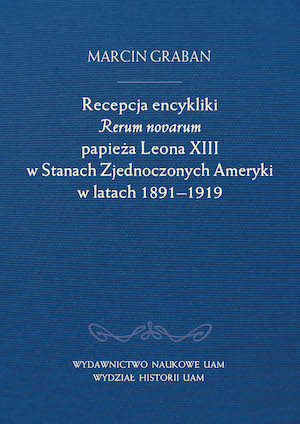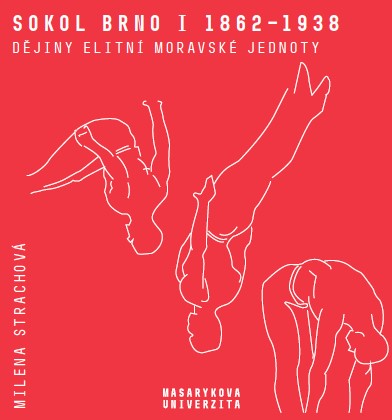Author(s): Veronika Keresztes / Language(s): Hungarian
The origins of the Academy in Bratislava date back to 1777, when one of the five royal academies in Hungary was established in Trnava (Hungarian: Nagyszombat) on the basis of the Ratia Educationis. Instruction at the Royal Academy began in November 1777. The Academy was given some of the buildings of the former University of Trnava and former professors of the university were appointed as teachers. The Academy was only active for a very short period of time, already in 1783 it was decided to move it to Bratislava. The Royal Academy was moved to Bratislava (Hungarian: Pozsony) in the spring of 1784 and was located in the former convent of the Poor Clares. Instruction began there as early as 17 May 1784. However, the transportation of the library, archives, classrooms, and the equipment of the Academy's church continued in the following years.The Royal Academy was under the direct supervision of the director general of the Bratislava school district, who often chaired the Academy´s congress. The immediate head of the academy was the director, referred to in sources as the prodirector. From 1777 until 1850, instruction at the Academy was conducted in accordance with the school regulations Ratio Educationis of 1777 and Ratio Educationis of 1806. There were two faculties of philosophy and law. Studies at both lasted two years. Successful completion of the philosophical faculty was a prerequisite for studying at the law faculty. The aim of the royal academies from their foundation in 1777 was not only to prepare students for further university education, but primarily to prepare them for practice—for their work in state, public and local administration, in the judiciary, and in the administration of landed estates.The changes that took place after the revolution of 1848/49, the centralist aspirations of the Viennese court, had a significant impact on education in Hungary. The school reform "Entwurf der Organisation der Gymnasien und Realschulen in Oesterreich" issued in 1849 directly influenced the teaching process in the Hungarian royal academies. It came into force in Hungary in the school year 1850/51. Under this school reform, the study of philosophy in the academies ceased to exist and became part of the extended, 8-year grammar schools. The academies provided education only in the field of law and were renamed Imperial Royal Law Academies. Their operation was regulated by a decree of the Ministry of Culture and Education of 1850. The Imperial Royal Academy of Law in Bratislava was moved in 1850 from the convent of the Poor Clares to the former residence of the Jesuits on Kapitulská Street. The academy was headed by a director. The study of law was conducted from 1850 in two years. In 1855, the study was extended to three years and a fixed study schedule was established.The school year 1850/51 also brought significant personnel changes for the Bratislava Academy of Law. Although German became a compulsory language of instruction at the law academies only in 1855, it had been the preferred language of instruction at the Bratislava Law Academy since the school year 1850/51. However, German caused problems for many students and ultimately contributed to a reduced interest in studying.The changes that took place after the issuance of the October Diploma in 1860 also affected the law academies. The Academy in Bratislava was renamed the Royal Academy of Law in Bratislava. Hungarian became the language of instruction again in the summer semester of the 1860/61 school year. German-speaking teachers were replaced by Hungarian-speaking teachers. Many subjects focusing on Austrian law and Austrian administration were replaced by subjects that were useful for the administration of Hungary. The renewed interest of young people in studying at law academies was due in no small part to the fact that from 1861 the doctorate in law, which could only be obtained at university, was no longer a prerequisite for many professions.In 1874, the study of law in law academies and law lyceums was reformed in accordance with the Regulation of the Ministry of Culture and Education No. 12917. The Law Academy in Bratislava changed its name to the Faculty of Legal and Political Sciences. The study of law was extended to four years. After completing the first two years, students could choose whether they wished to study law or political science first, and from which field they wished to take the state examination. However, even the reform of 1874 did not solve the problems that accompanied the teaching of law in law academies and lyceums. Their disadvantaged position vis-à-vis the universities was reflected in the steady decline in interest in studying in the academies. In Bratislava, from the school year 1875/76, there was also an independent faculty of philosophy alongside the faculty of law and political science, but the low interest in studies caused its dissolution (merger with the faculty of law and political science) as early as 1882. Teachers of the Law Academy, as well as representatives of the city, sought a solution to improve legal education in Bratislava in the establishment of a university, and in the last quarter of the 19th century they took active steps in this matter. However, economic and personnel shortcomings did not favour the establishment of a new university for a long time. The decision to establish a university in Bratislava was taken in 1912. The Elizabethan University was a direct continuation of the activities of the Law Academy in Bratislava. The Academy of Law in Bratislava ceased to exist in the school year 1913/14. The study of law at the Elizabethan University began in the school year 1914/15.The Academy of Law in Bratislava was an important part of the social, cultural, and political life of the city. Its students were actively involved in various religious and secular celebrations, in the 1840s they were part of pro-reform political manifestations, they took part in charity collections and were active in educational and charitable associations.The daily life of the students was regulated by the school laws, which were announced publicly in the presence of all students at the beginning of each semester. The school laws in force at the Bratislava Academy are preserved in sources from 1798. With minor changes, they remained in force until 1850. Violations of school rules were widespread at the Bratislava Academy in the first half of the 19th century, the most frequent offences being neglecting religious services and visiting forbidden places (taverns, taprooms, cafés, theatres...). The students of the Academy often came into conflict with the local population and their disturbances were dealt with by the town council. After 1850, with the decline in the number of students attending the academy and the impact of the strict police regime, student offences were minimised. After 1860, the school laws did not interfere as much in the personal and social life of the students as before 1850. They concentrated only on their behaviour at school and the fulfilment of their school duties. They interfered only to a minimal extent in their personal life and behaviour in their free time—outside the classroom.The Bratislava Academy of Law was one of the most sought after and best attended institutions providing legal education in Hungary for almost the entire period of its existence. Many eminent personalities worked here, many teachers later also worked at universities or held important secular or ecclesiastical ranks.
More...
